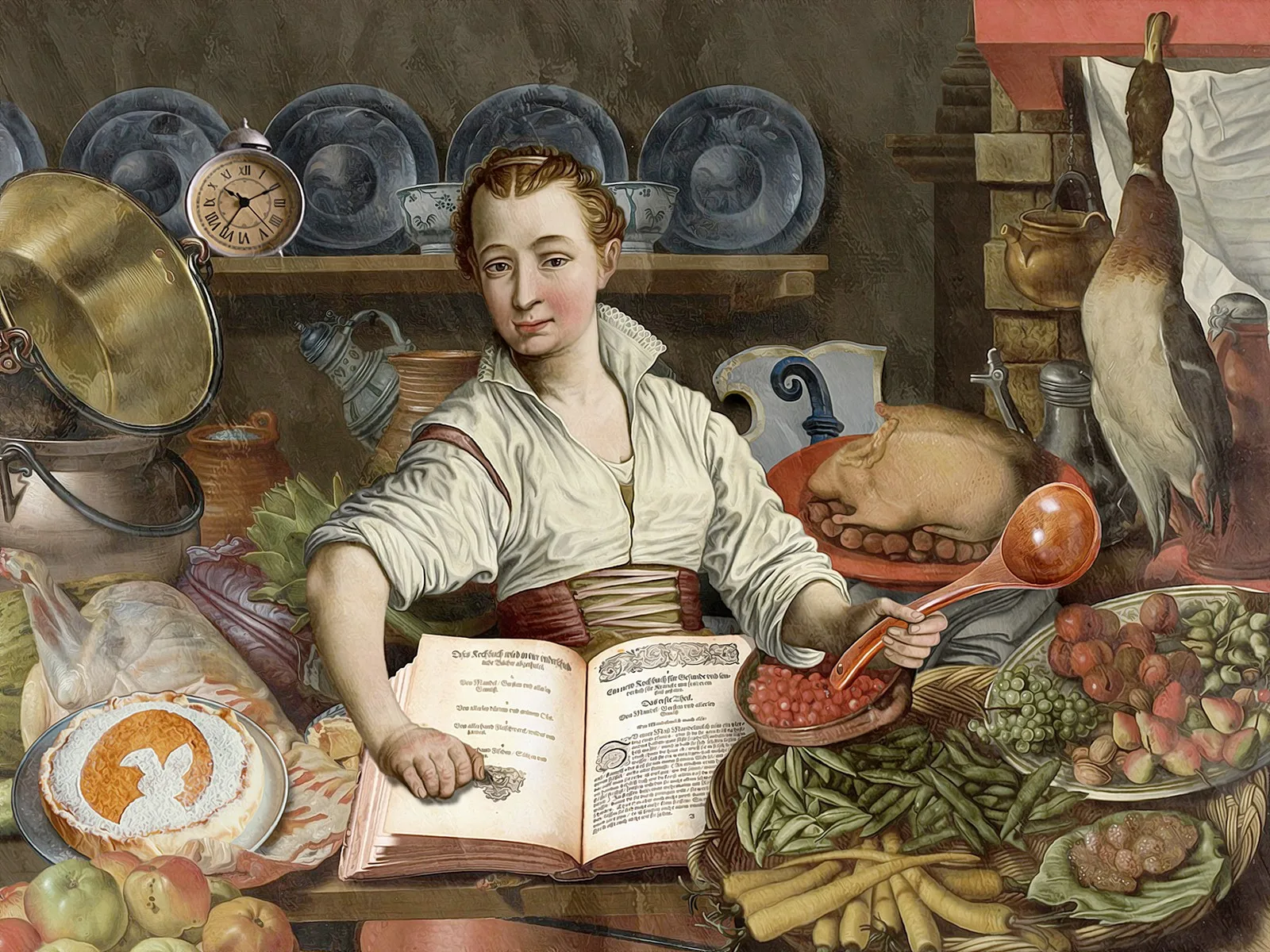
The almost-pioneer from Basel
Anna Wecker from Basel is Switzerland’s first known cookbook author. She infiltrated this male-dominated sphere in 1598.





Anna Wecker from Basel is Switzerland’s first known cookbook author. She infiltrated this male-dominated sphere in 1598.



